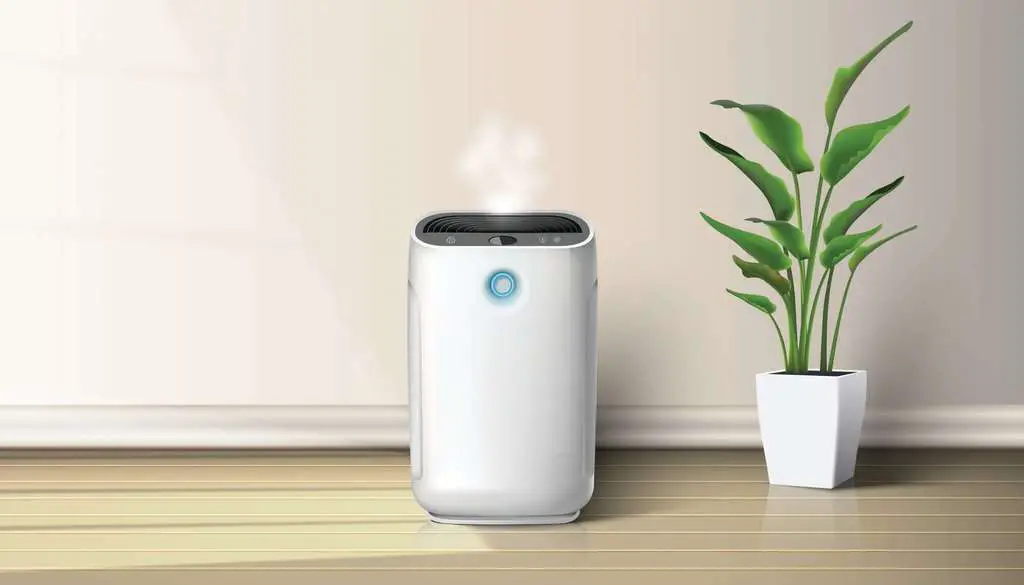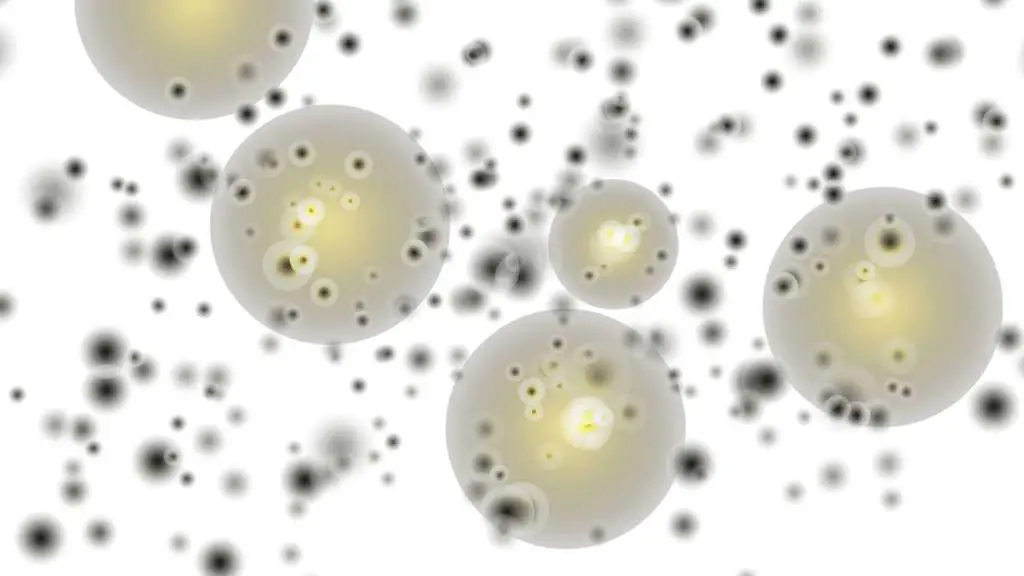- You are here:
- Home »
- Blog »
- Dehumidifiers »
- Do Dehumidifiers Clean the Air: 3 Key Benefits of Dehumidifiers
Do Dehumidifiers Clean the Air: 3 Key Benefits of Dehumidifiers

The air around us contains lots of harmful particles such as dirt, dust mites, and pollen. Making the air difficult to breathe, while also resulting in long-term health problems. So, homeowners have started to rely on technology such as air purifiers to clean the air in homes. Besides purifiers, you can also find many use dehumidifiers in their homes. The main purpose of the device is to control humidity. But, it also filters the air, which makes many ask if dehumidifiers also clean the air?
Dehumidifiers don’t clean the air to the same extent as air purifiers. But it has a filter that traps most dirt and dust. The main purpose of the device is to remove water vapor from the air. In doing so, it makes it difficult for pollutants to reproduce. Thus, reducing the number of pollutants in your home.
We explain how dehumidifiers function and their key benefits.
Table of contents
What is a dehumidifier?
A dehumidifier is an appliance used to remove moisture from the air. You use it in conditions where humidity levels are high.
The appliance pulls air through its vents and condenses it. Turning the water vapor into liquid in the process. The water collected transfers to the tank, while the air exits through the vents.
Most homeowners use the device in their bathroom, basement, and crawl space. These spaces are typically closed and lack ventilation. But, as humidity rises, many use them in bedrooms and other living spaces.
You want to use a dehumidifier when you notice the following signs:
- A water leak in any part of your home. This can be due to a pipe burst or heavy rainfall.
- You notice humidity levels rising in your home, you can determine this by using a hygrometer.
- The clothes in your closets smell moldy and damp.
- You or a family member’s allergies start to flare up more often.
3 key benefits of a dehumidifier

Now, let’s look at the key benefits that dehumidifiers offer homeowners.
1 – Reduces humidity
You probably remember the term “condensation” from fourth-grade science class. It is a part of the water cycle when water vapor turns into liquid. Dehumidifiers use this process to extract water from the air.
The process is as follows:
- Air from the room goes into the unit through the vents.
- The air travels to the evaporator coils.
- The coils cool the air down, turning the water vapor it contains into water.
- The coil collects the water and transfers it into the water tank.
- Next, the air travels to another coil. The coil heats the air to room temperature and releases it through the vents.
By reducing water vapors in the air, the device creates a healthier environment.
Let’s look at exactly how it does that.
2 – Creates a healthier environment
A dehumidifier creates a better environment for you and your family. It combats harmful particles such as mold spores, pollen, animal dander, and dust mites. Thus, reducing the chances of an allergy attack.
Harmful particles can’t survive for long in the air without humidity. Let’s take dust mites as an example; it needs 65% humidity or more to procreate and survive. By reducing humidity you make your home a safer environment for those with allergies.
Moisture in the air can make it difficult to breathe, as the air is more concentrated. So, the air is harder to inhale, leading to breathing problems for individuals with asthma. Dehumidifiers make the air less concentrated. So, you and your family can breathe with ease.
3 – Helps prevent mold

Mold requires water to grow and thrives in conditions where humidity is high.
You commonly find it in homes:
- Located in warm, humid climates
- That have had flooding or a water leakage
- That has a crawl space or closed basement
In such homes, the air carries a lot of water vapor. The surfaces in the house, for example, the walls and furniture, are cooler than the air. So, condensation occurs when the air touches such surfaces. The water vapor transfers from the air onto the surface. With time, mold forms due to the presence of water.
A dehumidifier helps prevent mold. It ensures that the water level in the air remains low enough that mold cannot form. For this, you need to ensure humidity stays between 30% to 50%.
Does a dehumidifier clean the air?
A dehumidifier’s main function is to control humidity. It does contain a filter that removes harmful particles from the air. But, it isn’t as effective at cleaning the air as an air purifier.
The unit helps combat allergy and asthma-causing particles. Since they need water vapor to survive and procreate. By limiting water vapor, the device makes it difficult for such pollutants to thrive. So, it creates a healthy environment and reduces the chances of allergies and asthma.
Final thought
A dehumidifier may not clean the air to the extent of an air purifier. But, it does make it difficult for pollutants to thrive by removing moisture from the air. So, if you want to lower the chances of allergies or asthma attacks, the device can help. It will reduce humidity and prevent mold at the same time.
About the Author Belal
Belal Rizvi enjoys writing about home improvement and do-it-yourself projects. He is an avid learner of the mold removal and dehumidifiers industry and provides insightful information about it to the readers.
